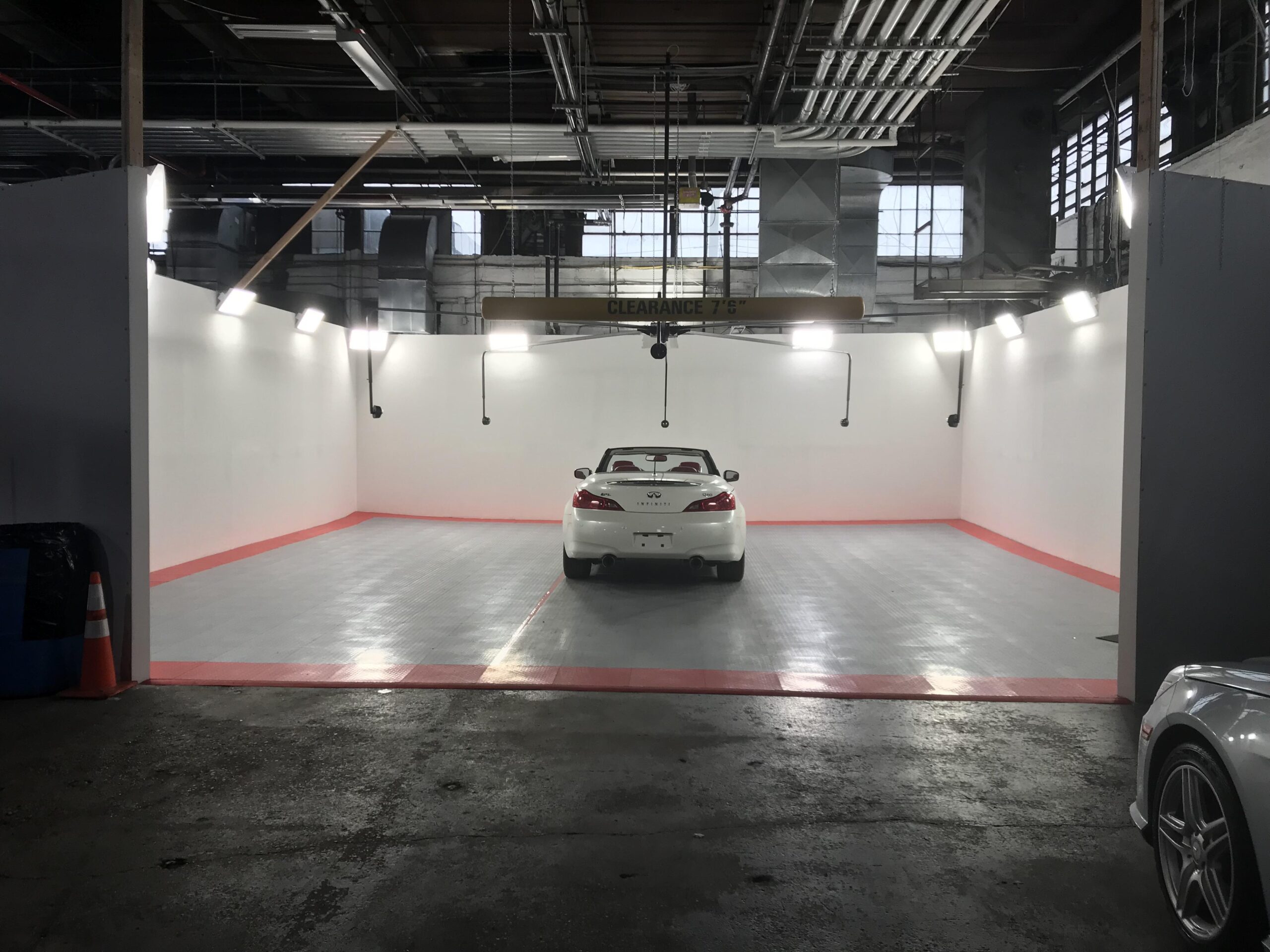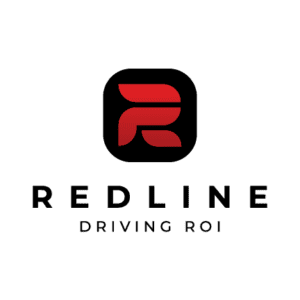So You Want to Automate Your Photography?
On the surface, it can seem like automated photography has revolutionized the way car dealerships market their vehicles. By streamlining the photography process, dealers can ostensibly take pictures of cars quickly and accurately – allowing them to list more quality images on their websites, showroom floors, and other digital channels. But as with any technology, there are both risks and benefits associated with automated photography.
More importantly, there are some things involved with automating that just don’t get thought about until it’s too late. If you’re thinking about an Automated Inventory Photography Solution, we’ll uncover some of these hidden pitfalls for you here so you can make the best and most educated decision about your dealership’s photography strategy.
What's The Deal With Automation?
We’ll start with the basics. At its simplest, automated vehicle photography is a process of taking pictures of cars using automated equipment that should allow for fast and accurate shooting. This technique generally utilizes specialized software and hardware, such as robotic arms and turntables, to take high-quality images without the need for manual labor from the dealership team. Generally speaking, automated vehicle photography solutions are supposed to provide dealerships with an easy way to capture professional-grade photos and videos of the vehicles in their inventory.
Unfortunately, things aren’t always what they seem – and that’s especially true when it comes to the latest tech solutions to age-old problems for dealerships. When it comes to making your inventory look great online and driving interest and sales from customers, some things are classics for a reason.
Selling Points: Hit or Miss
The whole point of quality vehicle photography is to help customers better understand the options they’re considering, and to visually engage them so they’re inspired to come to your dealership. A huge part of this comes from highlighting those small, but very important, details that each car has which make it special. This is where an automated approach starts to fall apart.
Since automated photography services and devices tend to operate in a pretty formulaic way, they often don’t do a very good job highlighting the small details that can really make a difference – things like heated seats, control panels with touchscreen features, etc. And to buyers who have a lot of options to look at, missing out on those details could be the difference between your dealership closing a sale, or your competitor getting the revenue.
Quality Will Always Count

Another really important element to consider when you’re looking at automation is what we talk about all the time: quality. There’s a massive difference between an adequate vehicle photo set and a great one. Good photos are not only shot at the right angles, with the proper lighting and background conditions, but they’re crystal clear.
Because automated automotive photography cameras can be so sensitive, the photos often turn out shaky or unclear. We hear it from our dealership partners all the time – after investing a significant amount of money to get good photos with a robot solution, they end up with unusable images regularly. Be especially aware of this pitfall because it can cause cascading problems when you have a lot of inventory to get online quickly.
The Costs Can Add Up Quickly
This brings us to another very important point, which is cost. The upfront costs of automated photography solutions in the auto space are fairly significant, but what doesn’t always come up in the early setup stages is the per-car costs as well. As an example, one popular solution starts with an initial $1600 per month rental cost for the hardware used (which again, doesn’t always do a very good job), plus a sizeable per car cost of around $10.
That’s not to mention the potential revenue you have to sacrifice by taking up a good amount of space to set up operations, which in many cases can be a sizeable footprint. These booths or staging areas also often need cables and cords connected permanently, which regularly get damaged or destroyed as cars are moved in and out. Since many of these devices have their primary support provided overseas, that means 1-2 weeks at minimum to get replacement parts, which leaves you as a dealership now unable to shoot your vehicles at all!
Especially at scale, this can easily exceed the cost of having a real person handling your inventory photography, and the time spent and the need to manage operations to re-shoot for bad photos adds up as well. But even if you put the cost aside, there’s a significant element that really doesn’t get thought about until it’s too late in many cases: the human element.
The Power of People
The biggest selling point for automating your vehicle photography is saving time and money, right? And it can seem like the right solution, not needing someone on staff to handle the shooting and editing, and keeping things consistent. But even an automated solution still requires some level of human interaction, since the automated camera options out there generally don’t handle taking photos under the hood, in the trunk, 3rd row seats, or those closeups we mentioned above of important details unique to the car itself.
What this means is you’re not really replacing a job by automating your photography, you’re just giving someone on your team a slightly different job than taking all the needed photos themselves. That’s because in the end, to get a great final product and truly merchandise your vehicles, you’re still going to need someone to put their hands on a camera and take photos – meaning that time and cost savings you were expecting might not materialize.
The Takeaway:
When it’s all said and done, automated photography seems to offer many benefits for car dealerships looking to quickly and accurately produce quality images of their vehicles. But just like investing in any other technological advancement, savvy dealers should weigh the risks and benefits before pulling the trigger.
Be sure to consider how costs can add up, what the time required and maintenance expenses will be to get it running and keep it running, and never forget the importance of a skilled expert on your team or an experienced partner – especially if they’ll still need to take photos either way.

Redline is dedicated to helping modern dealerships engage, communicate with, and cater to modern, tech savvy car shoppers. Our unique proprietary suite of products and services optimizes and redefines how automotive dealers reach, retain, market, and sell to customers — front end, back end, all ends.

